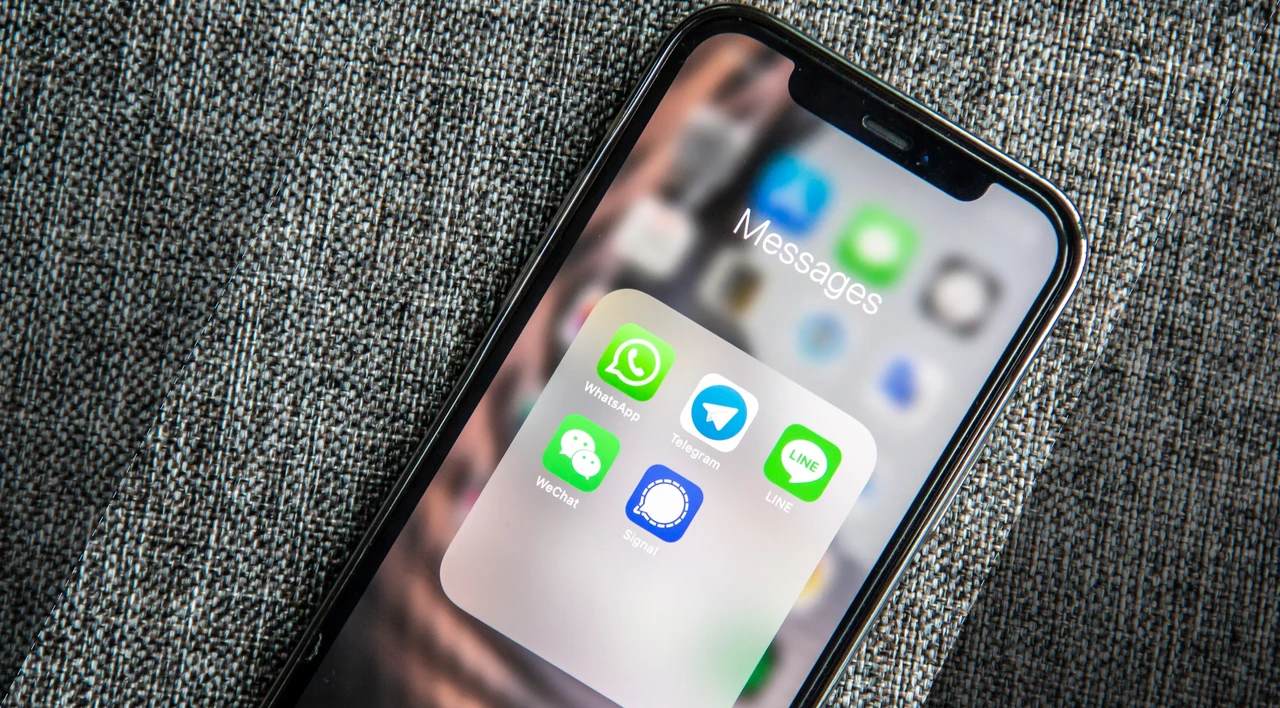SHARE
Exploring Wearable Technology in Healthcare Trends

Contents
Contents
According to Insider Intelligence, the use of wearable tech, including fitness trackers and smartwatches, by US consumers has increased from 9% to 33% in just four years. This growing adoption is driven by the desire for continuous health monitoring and personalized feedback, empowering individuals to take a proactive role in their health and well-being.
The future of wearable health technology looks promising, with advancements in wearable sensor technologies and the integration of wearables with existing healthcare systems.
Key Takeaways:
- Wearable technology in healthcare is on the rise, with a significant increase in adoption by US consumers.
- Wearable devices provide real-time data on vital signs and physical activity, improving diagnosis and treatment accuracy.
- Wearable health technology offers benefits such as better patient compliance, tracking population health trends, and reducing employee turnover.
- The future of wearable technology in healthcare is promising, with advancements in sensor technologies and integration with existing healthcare systems.
The Rise of Wearable Fitness Trackers
Wearable fitness trackers have become increasingly popular in the world of wearable technology. These devices, typically in the form of wristbands equipped with sensors, offer valuable health and fitness insights, including heart rate and sleep patterns.
Leading brands like Fitbit and Apple dominate the market, with Apple accounting for 34.1% of wearables shipped worldwide in 2020. The demand for fitness trackers is driven by consumers’ growing interest in monitoring their overall health and wellness. With these devices, users can sync data to smartphone apps, which offer personalized recommendations to help them achieve fitness goals and maintain an active lifestyle.
Smart Health Watches as Healthcare Tools
Smart health watches are more than just exercise and health-tracking devices. They offer a wide range of features typically found on mobile devices, including notifications, messages, and phone calls. These watches have become popular due to their convenience and versatility, providing users with seamless access to various functions in one wearable device. As such, smartwatch application development has become a popular focus for healthcare software developers.
Leading brands like Apple have taken smart health watches to the next level by introducing advanced health features that go beyond basic fitness tracking. For example, Apple’s Series 7 model, released in 2021, includes innovative health features like blood oxygen saturation monitoring and sleep tracking.
One of the most significant health features of smart health watches is their heart health monitoring capabilities. With built-in electrocardiogram (ECG) sensors, these watches can track heart rhythms and detect irregularities. Wearers can receive alerts if any irregular heart rhythms are detected, allowing them to take timely action and seek medical attention if necessary.
The increasing popularity of smart health watches is evident in the rising number of users. In the United States alone, the projected number of smartwatch users is expected to grow from 45.2 million in 2021 to 51.9 million by 2024. This upward trend indicates the growing recognition of smartwatches as valuable healthcare tools among individuals striving to prioritize their heart health and overall well-being.
Wearable Blood Pressure Monitors for Chronic Condition Management
Wearable blood pressure monitors have gained significant interest among telehealth users who want to monitor chronic conditions like high blood pressure. These innovative devices provide users with the ability to measure their blood pressure over longer periods and in different conditions, offering more accurate readings compared to traditional blood pressure cuffs.
One notable example is the HeartGuide by Omron Healthcare, which is the first wearable oscillometric blood pressure monitor. Not only does it measure blood pressure, but it also tracks daily activities like steps and calories burned. This integration of blood pressure monitoring with activity tracking helps users understand the impact of their lifestyle choices on their health.
The Benefits of Wearable Blood Pressure Monitors
Wearable blood pressure monitors offer several advantages for managing chronic health conditions:
- Accurate and continuous monitoring: With wearable monitors, individuals can track their blood pressure throughout the day, providing healthcare professionals with a more comprehensive view of their condition.
- Convenience and portability: These devices are compact and easily worn on the wrist, allowing users to monitor their blood pressure wherever they go, without the need for bulky equipment.
- Improved data insights: Wearable monitors provide valuable data that can be analyzed over time, enabling users and healthcare providers to identify patterns, triggers, and potential interventions.
- Empowerment and self-management: By having real-time access to their blood pressure readings, individuals can take proactive steps to manage their condition, such as adjusting medication, changing their lifestyle, and seeking medical advice when necessary.
Overall, wearable blood pressure monitors are shaping the future of chronic condition management by enabling individuals to actively participate in their own personal health while providing healthcare professionals with more accurate and comprehensive data for personalized treatment plans.
Wearable ECG Monitors for Heart Health Tracking
Wearable ECG monitors provide valuable data through electrocardiograms. These devices utilize flashing LEDs to capture heart rate data, offering real-time insights into cardiovascular health.
Wearable ECG monitors are integrated into popular smartwatches like the Apple Watch and Samsung Galaxy Watch, making heart health monitoring more accessible and convenient. These devices can help detect irregular heart rhythms and alert users to seek medical attention.
One notable example is the Withings Move ECG smartwatch, which allows users to track their heart health and even send ECG readings directly to their doctor. This seamless integration between wearable healthcare technology and medical organizations empowers individuals to actively participate in their own heart health management.
Wearable ECG monitors allow users to be more proactive in managing their cardiovascular well-being. By leveraging biosensor technology and mobile health apps, these devices empower individuals to take charge of their heart health, leading to better outcomes and improved quality of life.
Biosensors and Remote Monitoring
Biosensors have emerged as wearable medical devices that provide real-time data on patients’ health. These self-adhesive patches can monitor vital signs, including heart rate, respiratory rate, and temperature, allowing clinicians to keep track of patients’ health from a distance.
These wearable health devices have proved to improve patient outcomes and reduce the workload of healthcare staff.
|
Biosensor Technology |
Wearable Biosensors |
Connected Health |
|
Utilizes advanced sensor technologies. |
Worn directly on the body to monitor health. |
Enables seamless data transmission and analysis. |
|
Provides real-time data on vital signs. |
Monitors heart rate, respiratory rate, temperature, etc. |
Allows healthcare professionals to remotely monitor patients’ health. |
|
Integrates with AI-powered analytics. |
Enables precise and actionable insights. |
Facilitates early intervention and personalized care. |
|
Improves patient outcomes. |
Enhances treatment accuracy and effectiveness. |
Reduces the burden on healthcare staff. |
Conclusion
Wearable technology is revolutionizing the healthcare industry, providing numerous benefits for patients and healthcare professionals alike. The adoption of wearable devices, such as wearable health monitoring devices and wearable medical devices, enables real-time data collection on patients’ health status, empowering individuals to manage their own health. With improved patient care, optimized treatment plans, and enhanced patient empowerment, wearable technology has the potential to transform the healthcare industry.
While the future of wearable tech in healthcare looks promising, it is crucial to address challenges related to privacy and security. Safeguarding patient information and ensuring the effective use of wearable devices in healthcare settings is a priority. Custom IoT developers take care of this for you by creating tailored software experiences for integrated devices, ensuring robust security protocols and encryption.
Frequently Asked Questions
How are wearable devices used in healthcare?
Wearable devices are electronic devices used in healthcare to track health information, monitor patients’ vital signs, provide early warning signs for potential health issues, and help in managing chronic conditions. They facilitate proactive health management by allowing individuals to track their own physiological parameters, promoting preventive measures and personalized interventions.
What are some examples of wearable medical devices?
Examples of wearable medical devices include fitness trackers, such as Fitbit or Garmin, which monitor physical activity and heart rate, as well as more advanced devices like continuous glucose monitors (CGMs) used for tracking blood glucose levels in individuals with diabetes.
What types of health data can wearable devices track?
Wearable devices have become integral tools for individuals seeking to proactively manage their well-being, offering the capability to track an extensive array of health metrics including heart rate, sleep patterns, physical activity, calories burned, blood oxygen levels, and, in some advanced models, even ECG and blood glucose levels. By providing users with comprehensive insights into their physiological parameters, these devices empower individuals to make informed decisions and take proactive measures to optimize their overall health and well-being.
How are wearable health monitoring devices being used by healthcare providers?
Healthcare providers are using wearable health monitoring devices to remotely monitor patients, detect health issues, manage chronic conditions, track post-operative recovery, and gather real-time health data for more informed decision-making. All of these benefits have the potential to enhance health outcomes.
What are the latest trends in medical monitoring devices and wearables?
The latest trends in medical monitoring devices and wearables include the integration of AI and machine learning for predictive analytics, the development of more advanced biosensors, and the expansion of remote patient monitoring capabilities.
What is the future of wearable technology in healthcare?
The future of wearable technology in healthcare is likely to involve more sophisticated and diverse wearable devices, increased connectivity with healthcare systems, and the continued integration of wearable technology into standard medical practices.
Expert Healthcare Software Development Services
Flatirons provides top-rated healthcare software development services.
Get the CEO's Take
Handpicked tech insights and trends from our CEO.
Expert Healthcare Software Development Services
Flatirons provides top-rated healthcare software development services.
Get the CEO's Take
Handpicked tech insights and trends from our CEO.

Record Information System (RIS) for Healthcare Data Management
Flatirons
Jul 02, 2025
Healthcare BPO Services: Streamlining Medical Operations
Flatirons
Jun 28, 2025
Patient Management System Software | Streamline Patient Care
Flatirons
May 01, 2025
CRM for Healthcare – Streamlined Patient Management
Flatirons
Jan 29, 2025
Streamline Your Healthcare Practice with EHR Integration
Flatirons
Nov 18, 2024
Top Mobile App Development Companies in California for 2025
Flatirons
Oct 29, 2024